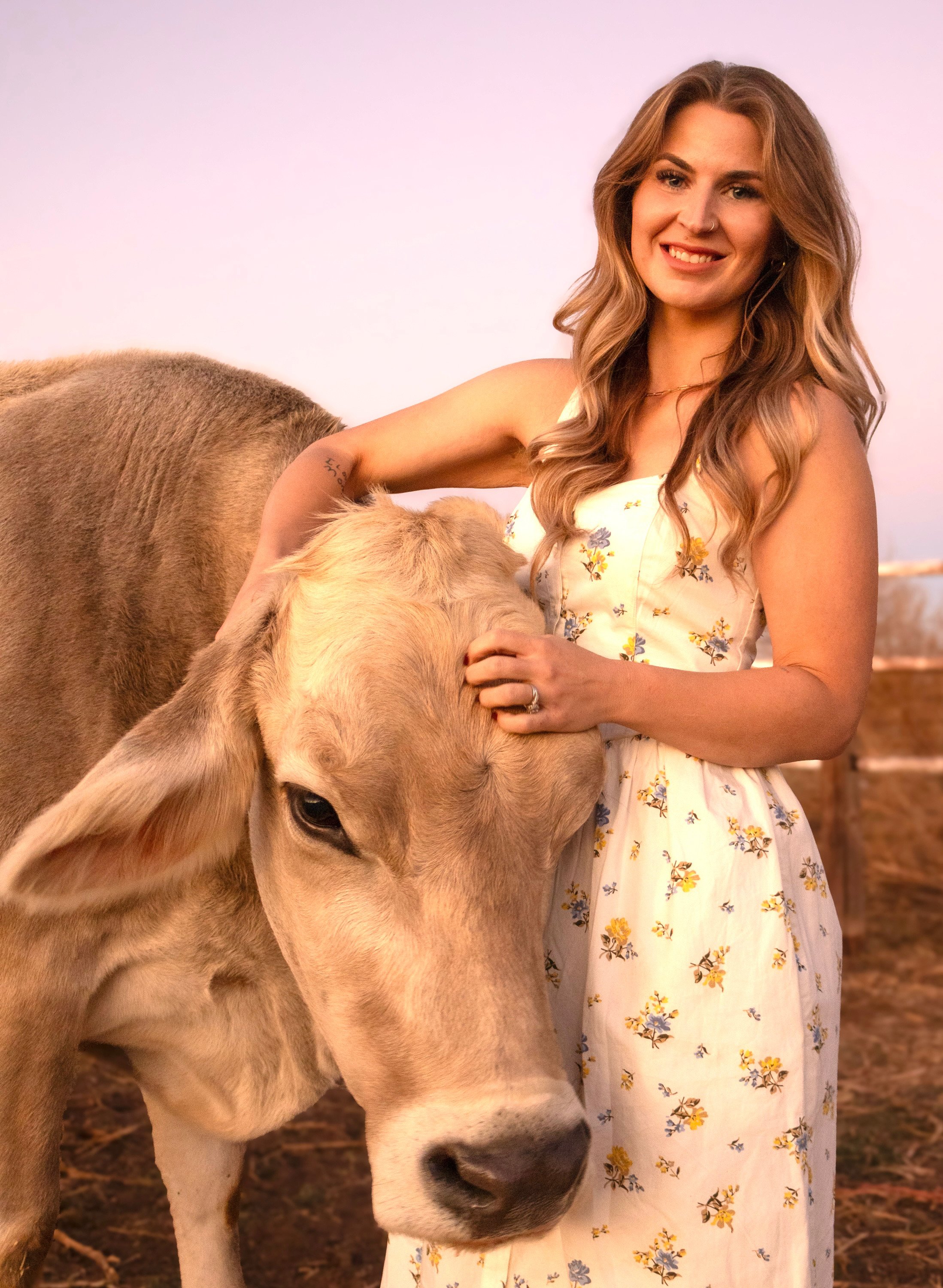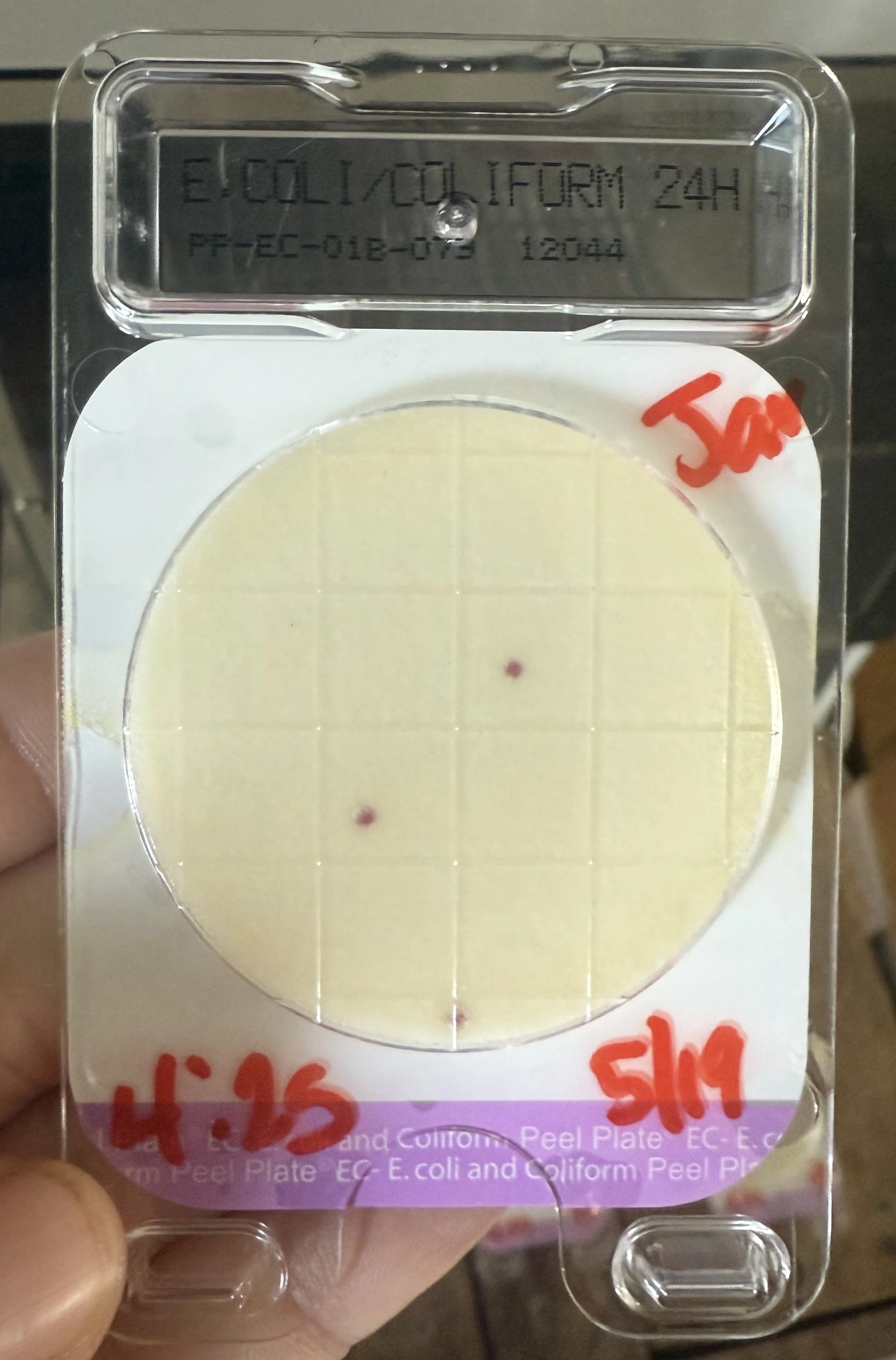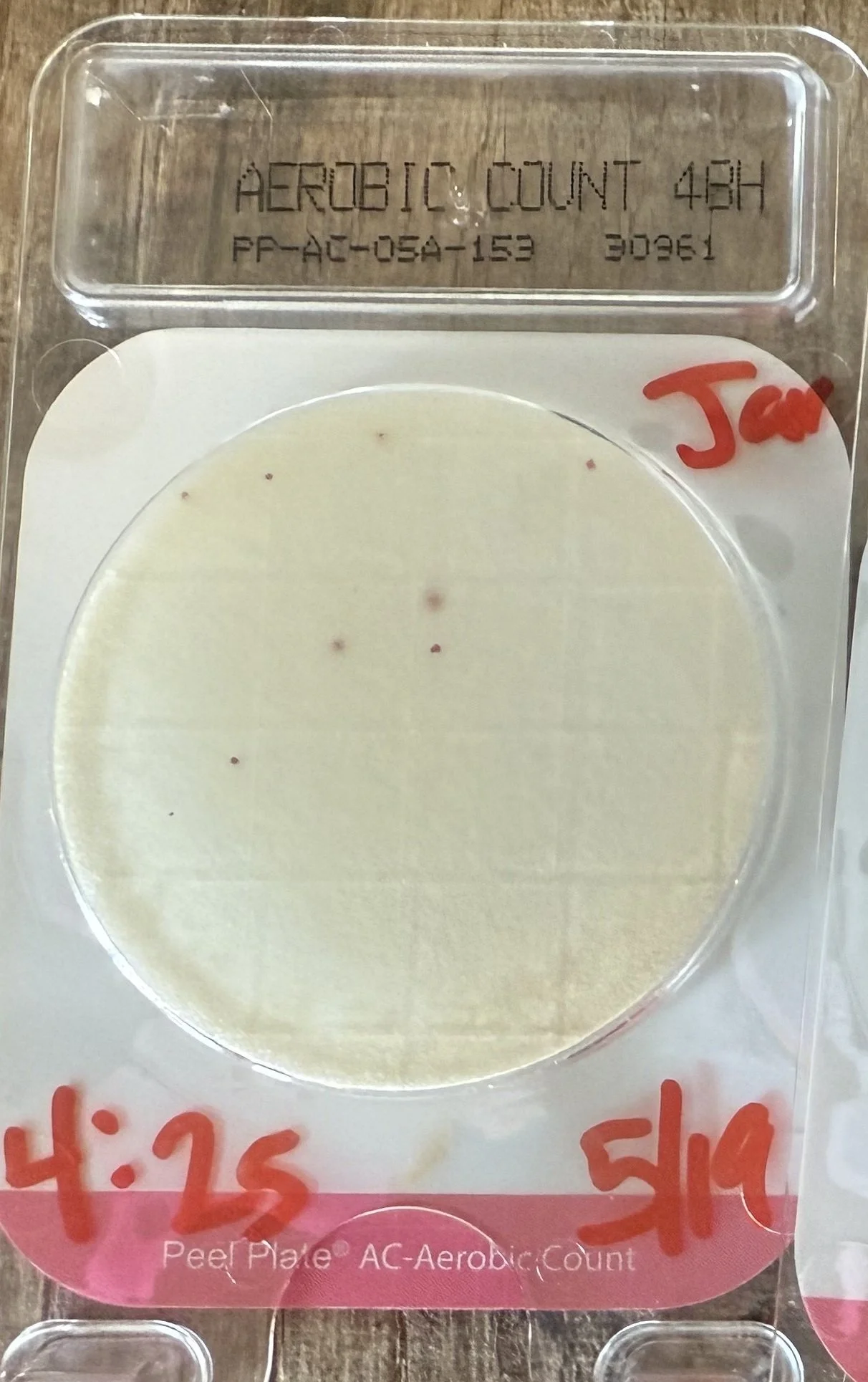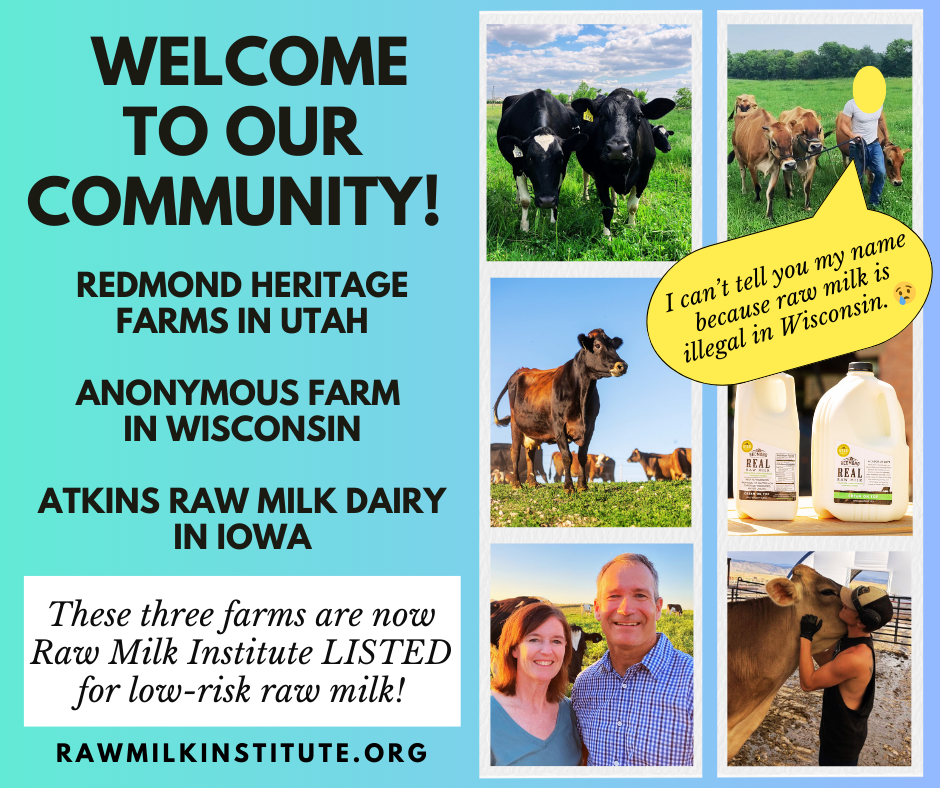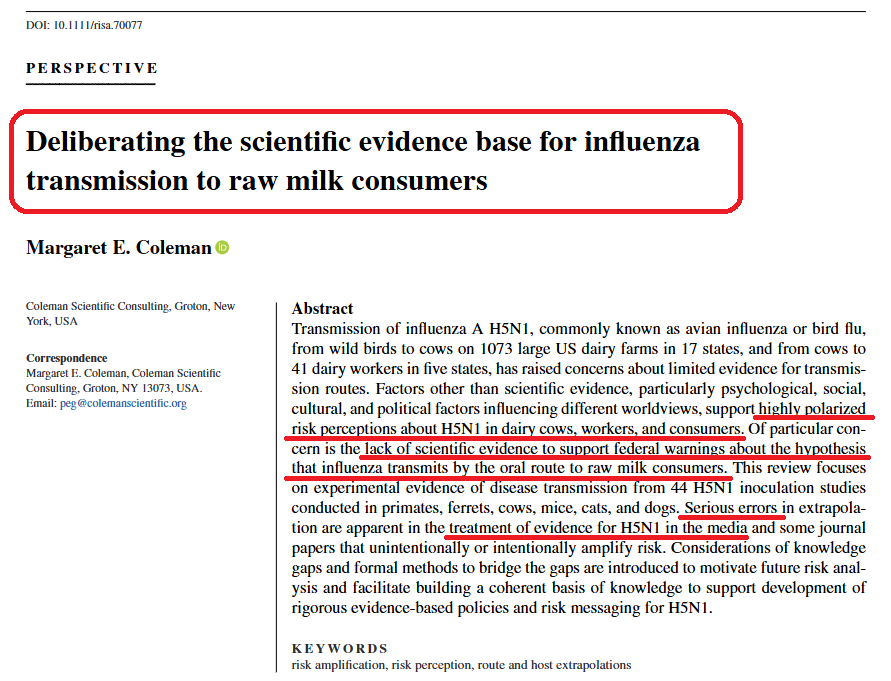The Raw Milk Institute (RAWMI) sends a warm welcome to six more farmers who have completed our Listing program!
RAWMI offers free mentoring to all dairy farmers. Whether they are milking one cow, a handful of goats, or a large herd, the principles of safe raw milk production form a foundational toolset that benefits all dairy farmers and their customers.
Some of the farmers we mentor choose to keep it casual, and are satisfied to just ask us a few questions before continuing their raw milk journeys. There is another set of farmers, though, that is not content to just dip their toes in the water; they want to dive right in and take their entire milk process to the next level.
For these farmers, we offer our (free) RAWMI Listing program, wherein we assist farmers in developing their own unique on-farm Risk Analysis and Management Plan, documenting their processes with written Standard Sanitary Operating Procedures, and identifying the Critical Control Points that are essential to their production of safe raw milk. RAWMI Listed farmers test their milk at least monthly for ongoing assurance that their processes are working well to produce low-risk raw milk. RAWMI Listing is the gold standard for raw milk producers.
Six raw milk farms have recently completed the RAWMI Listing process, and we extend them a warm welcome into our growing community!
Fresh Flow Farm - Marjaba, Metn, Lebanon
Full Table Ranch - Lockhart, Texas, USA
Like Wildflowers Homestead - Lamesa, Texas, USA
Little Acres Farm - Morrill, Nebraska, USA
Lone Oak Homestead - Fowlerville, Michigan, USA
Udders and More - Astor, Florida, USA
Fresh Flow Farm - Marjaba, Metn, Lebanon
Elias Hajj’ quest for raw milk began three decades ago, as a curious child who wondered why breastmilk was safe to drink yet cow’s milk was always pasteurized. After visiting dairy farms and seeing the filthy conditions, he understood why they drank pasteurized milk but still wondered if there was a better way. Decades later, Elias became determined to find a source of raw milk safe for human consumption, but his search proved fruitless. Frustrated but resolute, he decided to take matters into his own hands and start his own dairy farm.
The day Elias tasted his first cup of raw milk, straight from the udder of his cows, was nothing short of magical. The richness and purity of that milk were unlike anything he had ever experienced. He felt an overwhelming urge to share it with the world. He was pleased to find the RAWMI website, with it’s focus on clean cows and rigorous standards for producing truly clean and safe raw milk. Now, Elias is on a mission to make raw milk safe again, safe for everyone to enjoy its natural goodness. It's more than just farming; it's a re-education, a re-connection to a forgotten source of nourishment, and an unwavering commitment to health, integrity, and the simple, profound taste of milk as nature intended.
You can check out Fresh Flow Farm’s Risk Management Plan and test results here: https://www.rawmilkinstitute.org/listed-farmers/#freshflow
Full Table Ranch - Lockhart, TX
Full Table Ranch is owned and operated by the Schulze family. They are a big, farm-loving family with 6 kids and some sweet cows.
They started out with plans to provide milk just for their own family, but quickly discovered a supportive community full of raw milk lovers. They intend to provide others with milk the way it was intended, unprocessed and straight from pasture raised, happy cows.
You can check out Full Table Ranch’s Risk Management Plan and test results here: https://www.rawmilkinstitute.org/listed-farmers/#fulltable
Like Wildflowers Homestead - Lamesa, TX
Like Wildflowers Homestead is a family of four deeply rooted in West Texas, where their journey into homesteading started with a couple young dairy goats and a hope for a healthier life. What started as a simple love for their goats quickly led them to showing them, growing their herd, and ultimately offering raw goat milk to a couple local families.
A few years later, welcoming a couple of heifers really sparked their raw dairy venture. As their passion for quality, local, healthier food deepened, so did their farm — and today, they’re proud to not only provide fresh raw dairy but also host local West Texas vendors through their market, supporting other growers and makers in their community. They now serve three cities each week — Midland on Mondays, Lubbock on Thursdays, and Lamesa on Fridays — and are honored to nourish families across West Texas while helping build a stronger, local food network.
You can check out Like Wildflowers Homestead’s Risk Management Plan and test results here: https://www.rawmilkinstitute.org/listed-farmers/#likewildflowers
Little Acres Farm - Morrill, NE
Little Acres Farm began as a small garden with a few goats and has grown into a labor of love rooted in faith, family, and a passion for wholesome living. What started as a way to feed their family better turned into a full-fledged dairy focused on producing fresh, nutrient-rich raw goat milk and handcrafted products made with care. They believe raw milk is one of nature’s most perfect foods — filled with life, goodness, and the nutrients our bodies were meant to have.
Their goats are happy, healthy, and well cared for, and that care shines through in the quality of the milk they give. They take great pride and care in producing safe, nourishing products for their community, ensuring that everything they offer reflects values of honesty, quality, and respect for the land and animals they tend. What began as a small dream has become their way of life, and they’re grateful to share it with their community.
You can check out Little Acres Farm’s Risk Management Plan and test results here: https://www.rawmilkinstitute.org/listed-farmers/#littleacres
Lone Oak Homestead - Fowlerville, MI
Lone Oak Homestead is a family-owned and operated organic herd-share dairy farm, where wholesome food, happy animals, and community connection come first. Their farm began with a simple goal: to provide better-quality food for their family. They wanted milk that was fresh, nutrient-rich, and came from cows that were treated with respect and care. What started as a small family effort soon grew into something bigger and a way to share that same quality and goodness with their neighbors and community. Their four children, Grace, Haylin, Kinsley, and Kamdyn have made this possible! Without their help and commitment, Lone Oak Homestead wouldn't have made it to this point!
At Lone Oak Homestead, their cows are grass-fed, pasture-raised, and organically cared for. They never use hormones, antibiotics, or chemical fertilizers, just natural farming practices that honor the land and the life it supports. Every bottle of milk comes from cows they know by name and care for daily.
You can check out Lone Oak Homestead’s Risk Management Plan and test results here: https://www.rawmilkinstitute.org/listed-farmers/#loneoak
Udders and More - Astor, FL
Udders and More is a small homestead with a few family milk cows. They absolutely enjoy the cows, the work, and the milk! Their girls are A2/A2, disease tested, grass fed, and no soy products. The cows get daily cuddles and treats from the family. Udders and More’s milk is tested regularly using their in house lab and a 3rd party lab. They only use glass for bottling and pride themselves in producing high quality, low-risk, raw milk.
You can check out Udders and More’s Risk Management Plan and test results here: https://www.rawmilkinstitute.org/listed-farmers/#udders




